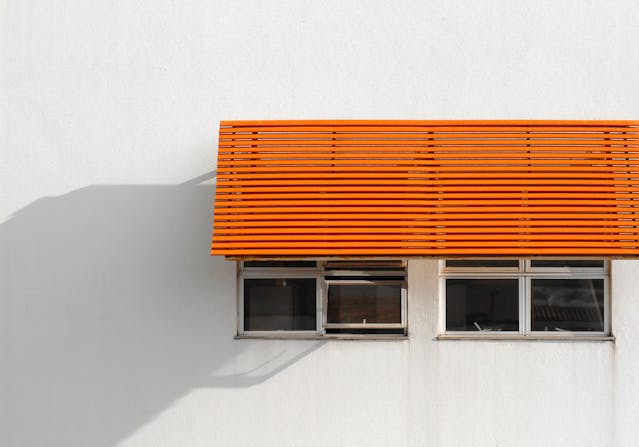How Canopy Systems Redefine Sustainability in Commercial Buildings
Sustainable architecture is undergoing a revolution. With urban landscapes growing denser, finding eco-friendly ways to expand our built environment is essential. Canopy systems, traditionally valued for their aesthetic and sheltering qualities, are now driving innovation in sustainability within commercial spaces. This blog post will explore how these systems, when employed thoughtfully, can significantly reduce a building's environmental footprint, improve energy efficiency, and provide a host of additional benefits to the public and private sectors alike.
Redefining the Role of Canopies in Modern Architecture
Long gone are the days when canopies were just extensions of roofs, used merely for sheltering. In the contemporary world, these architectural elements are recognized for their potential to complement the aesthetic of a building while serving as guardians of energy conservation. By harnessing natural lighting and ventilation, canopies offer a passive design solution that is as functional as it is beautiful. But beyond visual and environmental appeal, they must also address safety, durability, and the comfort of occupants.
The Role of Aesthetics in Sustainability
The visual appeal of a building is often what first attracts us, but true sustainability is about far more than just looks. When it comes to canopies, consider how aesthetic choices impact energy performance—materials can be chosen for reflectivity or thermal mass to either maximize or minimize solar gain, for instance. Incorporating greenery or water features can also contribute to a calming environment and mitigate the urban heat island effect.
Integrating Technology Into Canopies
Modern construction technologies allow for the integration of various systems directly into building elements. Canopies are no exception, and the incorporation of solar panels, rainwater harvesting systems, and even wind turbines can transform these structures into active contributors to a building's green credentials. The innovation doesn't stop there; smart technology can monitor and adjust shading and daylighting to enhance occupant comfort while optimizing energy use.
Types of Canopy Systems
When strategizing about how to best integrate canopies into a building, two main types come to the forefront: the walkway canopy and the entry canopy. There are walkway canopy and entry canopy, as seen on the upsideinnovations.com website. These offer distinct advantages and can be tailored to meet specific sustainability goals and architectural requirements.
Walkway Canopies
Walkway canopies serve the crucial function of weather protection for pedestrians, particularly in high-traffic areas. Their design should consider foot traffic patterns, and materials should be resilient enough to endure regular use. Integrating photovoltaic cells on the top surfaces can turn these high-traffic corridors into energy-generating pathways. They also offer an opportunity to introduce greenery, improve air quality, and provide a pleasant commute for passersby.
Entry Canopies
The first impression a building gives is often through its entryway. Entry canopies can be an extension of the building's design theme, a defining architectural feature. In terms of sustainability, their location can be optimized to provide shade during peak hours, glass canopies can allow for natural light to penetrate deep into the building, and rainwater can be collected for landscaping or greywater systems. These canopies also play a role in wayfinding, visible from a distance and guiding visitors in.
The Environmental and Economic Benefits of Canopies
The sustainability advantages of canopy systems are manifold. By reducing a building's reliance on artificial lighting and climate control, they help lower energy consumption and associated costs. They also provide a habitat for flora—be it a rooftop garden or vertical greenery—that invites biodiversity into urban spaces. Canopies, with their commitment to sustainability, are also a marketing asset, appealing to an increasingly eco-conscious consumer base and potentially earning building certifications such as LEED.
Reducing the Heat Island Effect
In urban areas, where concrete and asphalt dominate, the heat island effect can significantly raise local temperatures. Canopies, especially those that are designed to shade and cool, can play a role in mitigating this effect. The strategic use of reflective materials and plantings contributes to a cooler microclimate, reducing the need for energy-hungry air conditioning.
Enhancing Local Ecology
Canopies can be designed to accommodate greenery, from simple climbing plants to complex rooftop gardens. This not only adds to the aesthetic value but also creates environments for birds and insects, supporting local ecosystems and contributing to a healthier urban environment.
Canopies, when thoughtfully designed, can be a sustainable addition to any commercial building. They offer passive environmental benefits, including energy reduction, biophilia, and a reduction in a building's carbon footprint. As we continue to grapple with climate change and environmental degradation, these simple structures represent an important step towards a more sustainable built environment. Whether you're an architect, a developer, or a building owner, it's clear that the future of sustainable architecture is right above our heads.

